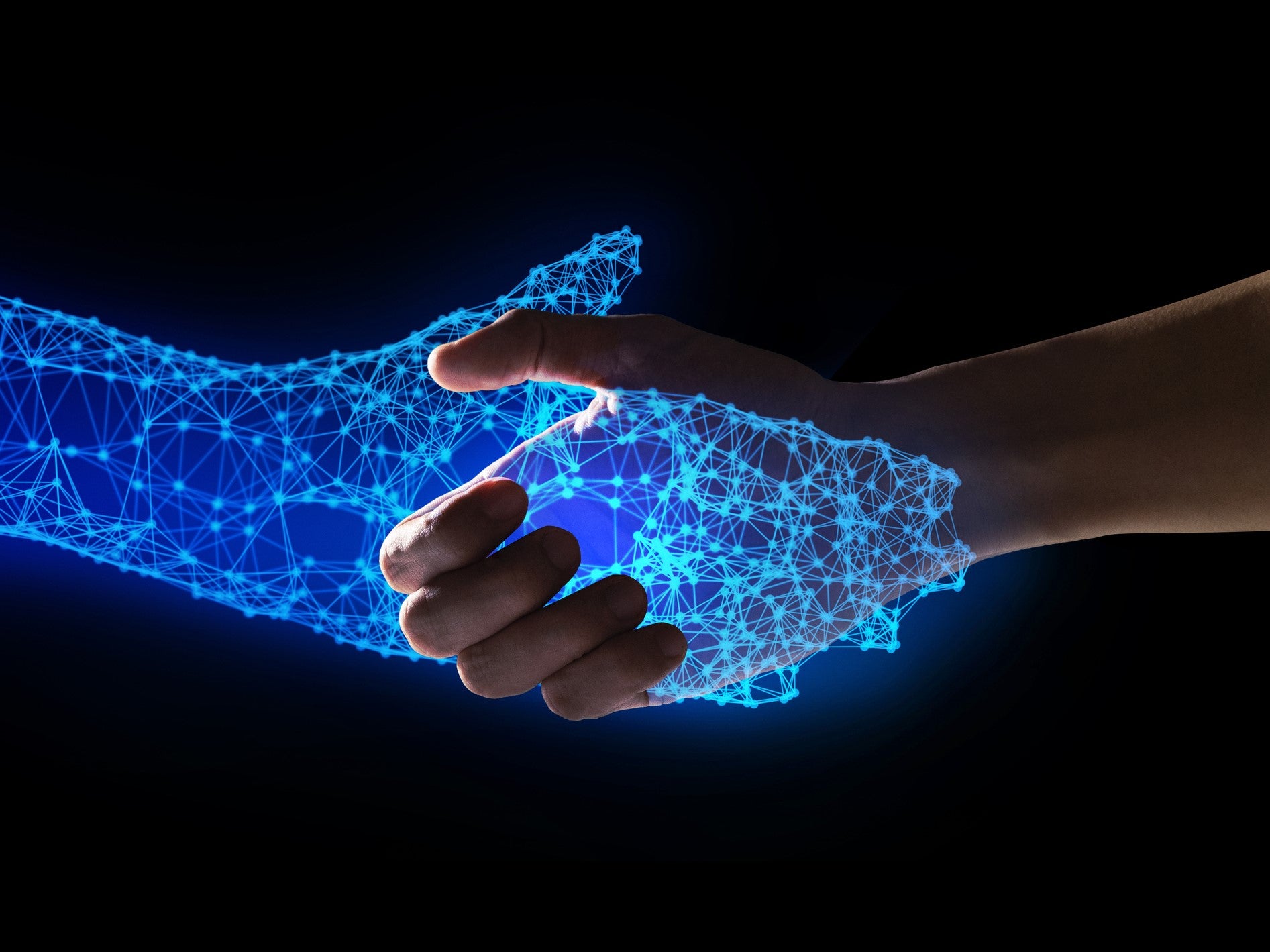'Universal law of touch’ could help make VR indistinguishable from reality
Breakthrough appears to support Elon Musk’s claim we are living in a simulation

Scientists have used seismic waves to create a universal scaling for the sense of touch, paving the way for hyper realistic virtual reality.
The ‘Universal law of touch’ theory was created by researchers at the University of Birmingham, who used mathematical modelling of touch receptors in humans and other animal species.
“Touch is a primordial sense, as important to our ancient ancestors as it is to modern day mammals, but it’s also one of the most complex and therefore least understood,” said Dr Tom Montenegro-Johnson from the University of Birmingham’s School of Mathematics, who led the research.
“While we have universal laws to explain sight and hearing, for example, this is the first time that we’ve been able to explain touch in this way.”
Dr Montenegro-Johnson’s team studied a type of seismic waves known as Rayleigh waves, which are created by the impact of two objects.
By applying the mathematics of earthquakes to model how vibrations travel through the skin, the team discovered that vibration receptors beneath the skin respond to Rayleigh waves in the same way regardless of age, gender, or even species.
“The principles we’ve defined enable us to better understand the different experiences of touch among a wide range of species,” said co-author James Andrews.
“For example, if you indent the skin of a rhinoceros by 5mm, they would have the same sensation as a human with a similar indentation – it’s just that the forces required to produce the indentation would be different.”
The universal law was outlined in a study published in the journal Scientific Advances.
The University of Birmingham researchers form part of European consortium H-Reality, which is already using the theory to develop next-generation VR technologies.
The ambition of the group is to “imbue virtual objects with a physical presence, providing a revolutionary, untethered, virtual-haptic reality".
It is one of several efforts to create digital worlds that feel indistinguishable from reality, with Bristol-based startup Ultraleap creating haptic feedback hardware capable of simulating virtual touch.
Applications range from video games and chat rooms, to remote surgery and industrial set ups that allow workers to control dangerous machinery remotely.
But arguably the most ambitious application is the creation of virtual reality worlds that feel as realistic as the real world.
The emergence of such technology has helped fuel debate over perception and humanity’s current understanding of reality.
Theoretical physicists and philosophers have proposed that we are living in a Matrix-style computer simulation, citing the rate of technological progress and the rapid rate of improvement of video games.
One of the most vocal proponents of this simulation theory is Elon Musk, who claimed in 2016 that there is a 99.99 per cent chance that the universe we inhabit is a computer simulation.
“Forty years ago we had Pong – two rectangles and a dot. Now we have photorealistic, 3D simulations with millions of people playing simultaneously and it’s getting better every year,” the Tesla, SpaceX and Neuralink boss said.
“If you assume any rate of improvement at all, then the games will become indistinguishable from reality, just indistinguishable.”
A 2017 research paper appeared to dispel this idea, after researchers at the University of Oxford calculated that to store the data for such a simulation on a classical computer “would require a memory built from more atoms than there are in the universe."
The research did not rule out the possibility that massive-scale simulations could potentially be supported by ultra-powerful quantum computers.

Join our commenting forum
Join thought-provoking conversations, follow other Independent readers and see their replies
Comments